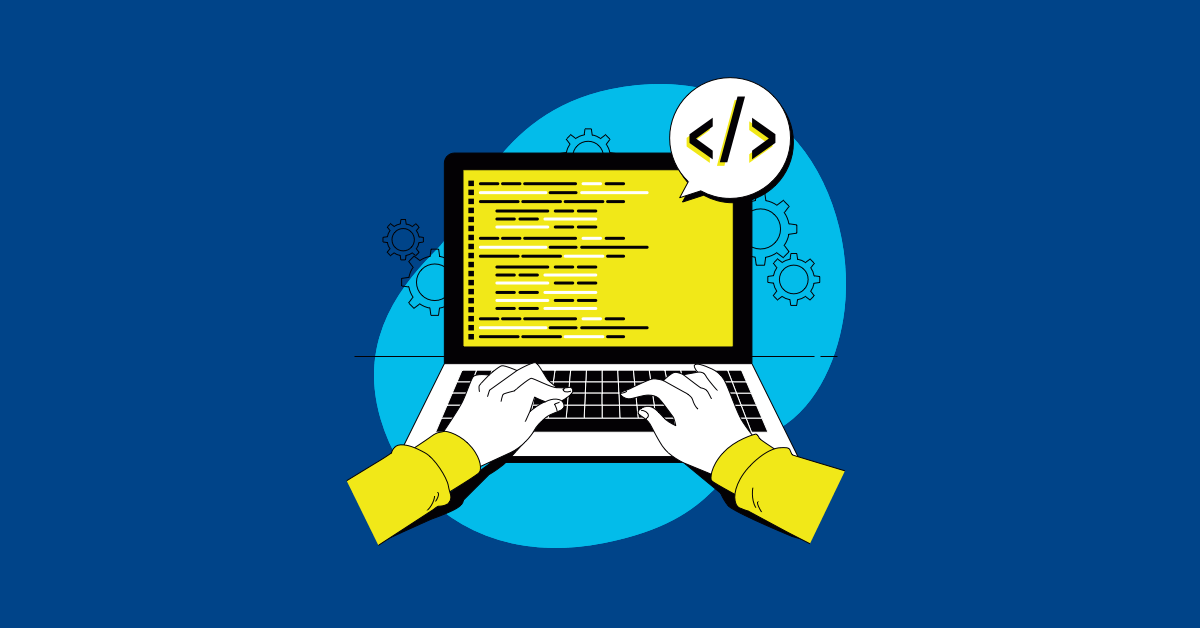In the dynamic realm of web development, ensuring a flawless user experience is non-negotiable. Bugs and inconsistencies can lead to frustrated users, lost revenue, and damage to your brand reputation. This is where automated web testing software emerges as a critical ally, empowering QA teams to deliver high-quality web applications with speed and efficiency.

But with a plethora of options available, selecting the right automated web testing software can feel like navigating a complex battlefield. This article will guide you through the key considerations to help you choose the perfect weapon for your web testing arsenal.
Understanding the Power of Automated Web Testing Software
Before diving into the selection process, let's underscore why automated web testing software is indispensable in modern web development:
- Increased Efficiency: Automating repetitive test cases significantly reduces the time and effort required for testing, allowing your team to focus on more complex and exploratory testing.
- Improved Accuracy and Consistency: Unlike manual testing, automation eliminates human error, ensuring consistent test execution every time.
- Broader Test Coverage: Automated web testing software enables you to execute a larger volume and variety of tests, including cross-browser compatibility, performance checks, and accessibility testing, which can be time-consuming or impractical to perform manually at scale.
- Faster Feedback Loops: Integrating automated tests into your CI/CD pipeline provides developers with rapid feedback on code changes, enabling quicker identification and resolution of defects.
- Enhanced Regression Testing: With automated web testing software, running regression tests after each code modification becomes seamless, ensuring that new changes haven't introduced unintended side effects.
- Cost Savings: While there's an initial investment, the long-term benefits of reduced testing time, fewer production defects, and improved team productivity often lead to significant cost savings.
Key Considerations When Choosing Automated Web Testing Software
Selecting the right automated web testing software requires careful evaluation of several factors:
-
Ease of Use and Learning Curve:
- Technical Expertise: Consider the technical skills of your QA team. Some tools require strong coding knowledge, while others offer low-code or no-code interfaces.
- Intuitive Interface: A user-friendly interface can significantly reduce the learning curve and accelerate test automation efforts.
-
Supported Browsers and Platforms:
- Cross-Browser Compatibility: Ensure the software supports the browsers your target audience uses (Chrome, Firefox, Safari, Edge, etc.).
- Operating System Compatibility: Verify compatibility with your team's operating systems (Windows, macOS, Linux).
- Mobile Web Testing: If your web application is mobile-responsive, check if the software offers robust mobile web testing capabilities.
-
Features and Functionality:
- Test Scripting Capabilities: Evaluate the flexibility and power of the scripting language or visual interface offered by the software.
- Element Locators: Robust and reliable element locators (e.g., XPath, CSS selectors, IDs) are crucial for accurately identifying web elements.
- Reporting and Analytics: Look for comprehensive reporting features that provide clear and detailed test results, including logs, screenshots, and video recordings.
- Integration Capabilities: Consider integration with other tools in your development and testing ecosystem, such as CI/CD pipelines (Jenkins, GitLab CI/CD), bug tracking systems (Jira, Azure DevOps), and test management tools.
- Data-Driven Testing: If your application involves testing with multiple sets of data, ensure the software supports data-driven testing.
- Keyword-Driven Testing: This approach allows non-technical testers to create test cases using keywords, promoting collaboration.
- API Testing Capabilities: For modern web applications that heavily rely on APIs, integrated API testing features can be a significant advantage.
- Performance Testing Features: Some automated web testing software offers basic performance testing capabilities, while dedicated performance testing tools might be necessary for in-depth analysis.
- Accessibility Testing Features: Ensure the software aids in testing for WCAG compliance to create inclusive web applications.
- AI-Powered Features: Some newer tools leverage AI for intelligent test generation, self-healing tests, and visual validation.
-
Scalability and Maintainability:
- Framework Design: A well-designed automation framework is essential for creating scalable and maintainable test scripts. Evaluate how the software facilitates framework development.
- Reusability: Look for features that promote code reusability, reducing redundancy and maintenance efforts.
-
Community Support and Documentation:
- Active Community: A strong community provides valuable resources, forums, and readily available solutions to common issues.
- Comprehensive Documentation: Well-maintained and detailed documentation is crucial for learning and effectively using the software.
-
Cost and Licensing:
- Pricing Models: Understand the different pricing models (e.g., per user, per license, open-source, cloud-based subscriptions) and choose one that aligns with your budget and team size.
- Trial Periods: Take advantage of free trials to thoroughly evaluate the software before making a commitment.
Popular Automated Web Testing Software Options
While a comprehensive list is beyond the scope of this article, some popular automated web testing software options include:
- Selenium: A widely adopted open-source framework offering flexibility and a large community.
- Cypress: A modern, developer-friendly testing tool built for the web.
- Playwright: A powerful framework from Microsoft that supports multiple browsers and platforms.
- WebDriverIO: Another popular open-source automation framework built on top of the W3C WebDriver protocol.
- TestCafe: An end-to-end testing framework that works out of the box without browser drivers.
- Katalon Studio: A low-code/no-code automation tool built on top of Selenium and Appium.
- UFT (Unified Functional Testing): A commercial tool from Micro Focus offering a wide range of features.
Making the Right Choice
Selecting the ideal automated web testing software is a critical decision that can significantly impact your web development and quality assurance processes. Carefully consider your team's skills, project requirements, budget, and long-term goals. Don't hesitate to try out different tools through free trials and involve your entire team in the evaluation process.
By choosing the right "weapon" – the automated web testing software that best fits your needs – you can empower your team to deliver high-quality web applications efficiently, ensuring a superior user experience and strengthening your position in the competitive digital landscape.

.png)



%20(1).png?width=150&height=69&name=MuukTest-logo---light-background%20(3)%20(1).png)
